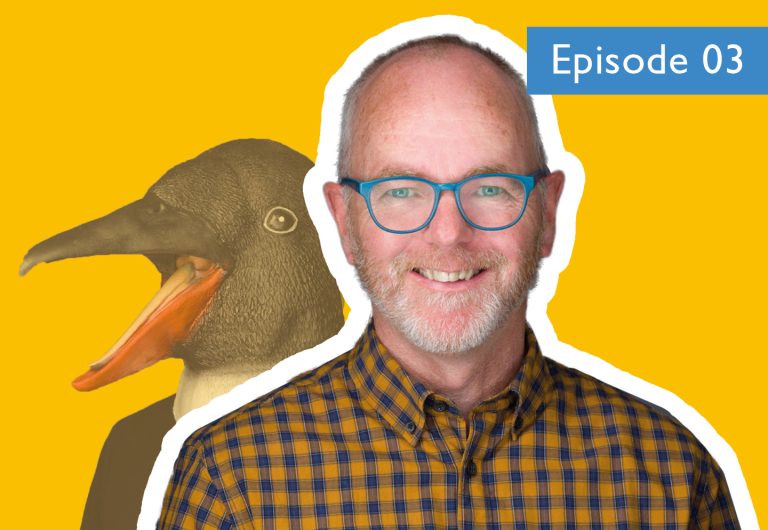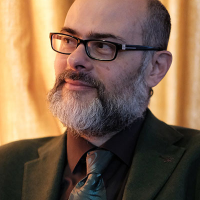The People behind the Learning Portal: Andrew Mallett, Learning Materials Developer

Linux Professional Institute (LPI) launched the Learning Portal in June 2019. The Learning Portal is the repository of all the Learning Materials for our exams. The whole project is managed by Dr. Markus Wirtz, manager Education Programs at LPI. We designed it as an international endeavour – learning is easier in your mother tongue! – hence we needed a team of authors, editors, and translators to design, write, and localize the body of lessons.
This series of interviews is a journey toward knowing better the People behind the Portal: the Linux and Open Source enthusiastic professionals who are making the Learning Portal possible.
By reading this series of interviews, you will know more about Contributors’ work, the peculiarities of translating IT educational material, and the challenges Contributors have to face restoring what could be lost in translation. And about why working on the Learning Portal is quite cool and nerdy.
And if all this sounds interesting and you want to join us, we would be happy to receive your feedback at learning@lpi.org.
What is your academic and professional background?
I think many folk feel that they need a computer science degree to even make the tea in an IT department today. For me, I left school when I was 16 and certainly have never attended any university as a student. For many years I have been involved in IT training and have been freelancing for the past 8 years. In addition, I teach live online courses, offering well over 40 courses on Pluralsight.com, and I do very well from Linux and its associated ecosystem.
When, and how, did you decide to use your skills in order to develop learning materials for Linux Professional Institute?
Teaching many vendor-based Linux courses, I had become frustrated with both the technical detail (or lack thereof) in the courses and how closed they were. I started creating YouTube videos in 2009 to make extra demonstrations more accessible in my classes. This was the start of my open education and continues today with well over 1000 videos on my channel and 66K subscribers.
What is your contribution, so far, to the Learning Portal, and what’s next for you in this project?
I have also assisted the LPI in their open education portal with content for the Linux Essentials exam, one of the most important certifications to prove the credentials of the holder who has started their Linux journey.
As a certified professional and a developer of learning materials, you are familiar with both sides of the coin. What advice, therefore, would you give to those people who are studying for their LPI Exams?
If you are studying for the LPI exams, or for that matter, any IT exam, you must know the subject. Not just the bullet points but the details. Yes, I am telling you to read the man pages!. Be familiar with the commands and the how and the why they are used. Never underestimate the value in learning and practice. Your learning is the best investment that you can ever make in your career.
What advice would you offer to teachers and, in a broader sense, to others involved both in the use and production of Linux and Open Source learning material?
Developing content for open source projects, including Linux, can be your pathway to paying your debt back to the open source community that creates the code and applications that you use. We are all happy to use Linux as a free OS and even tools like Microsoft’s Visual Studio code. As educators, we can create content to promote these products and their benefits.
The LPI Learning Portal is a community too. What is your experience with this community so far? What tools and features do you use in the process? What can you tell us about workflow? And what “opensourceness” can you recognize in a project that is about education?
I can confirm that the LPI will not welcome your contributions in a Word document format— strange that! The workflow for creating content for LPI, and many other similar organizations, is likely to require you to learn Markdown or AsciiDoc. These are simple markup languages that you may use in any text editor. It is really simple to use. Its simplicity and flexibility helps you understand why it is used on open source projects in Github and in the ReadMe.MD file that is always present.
<< Read the previous post of this series | Read the next post of this series >>
